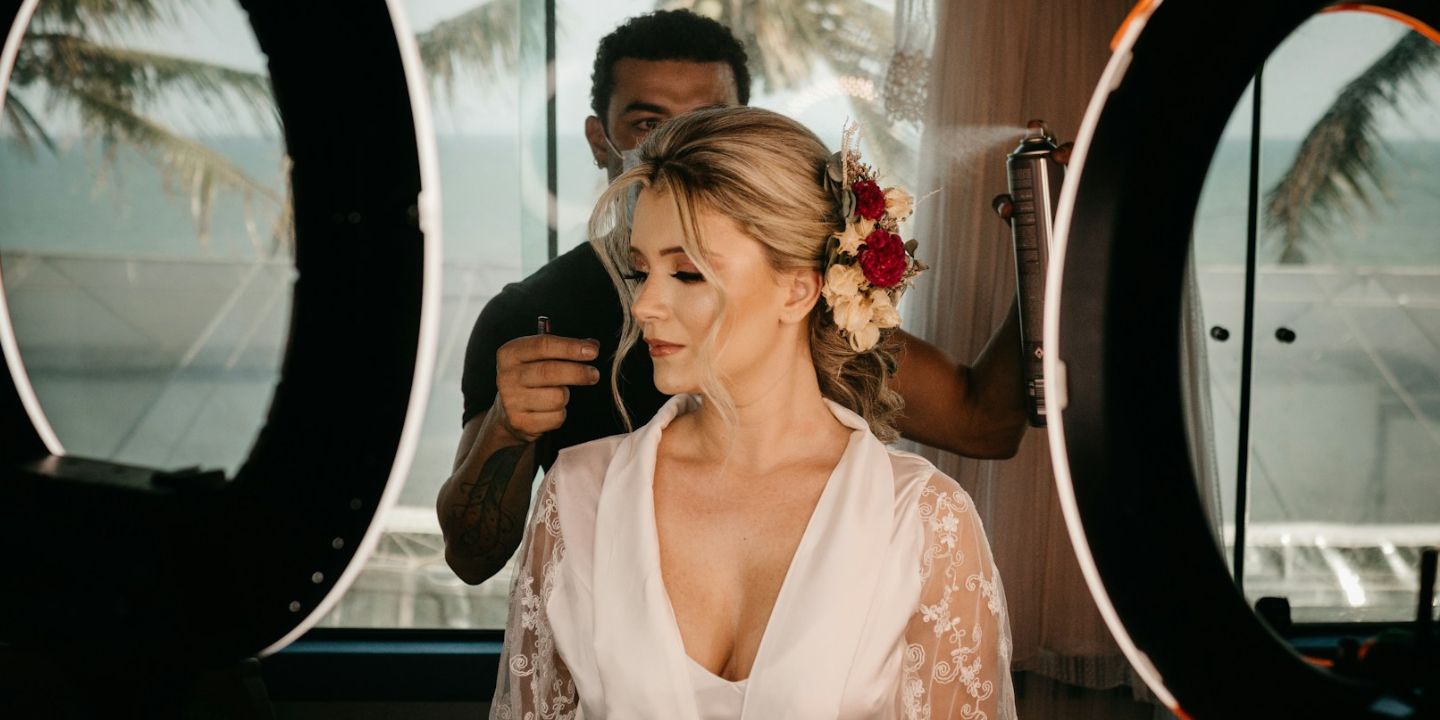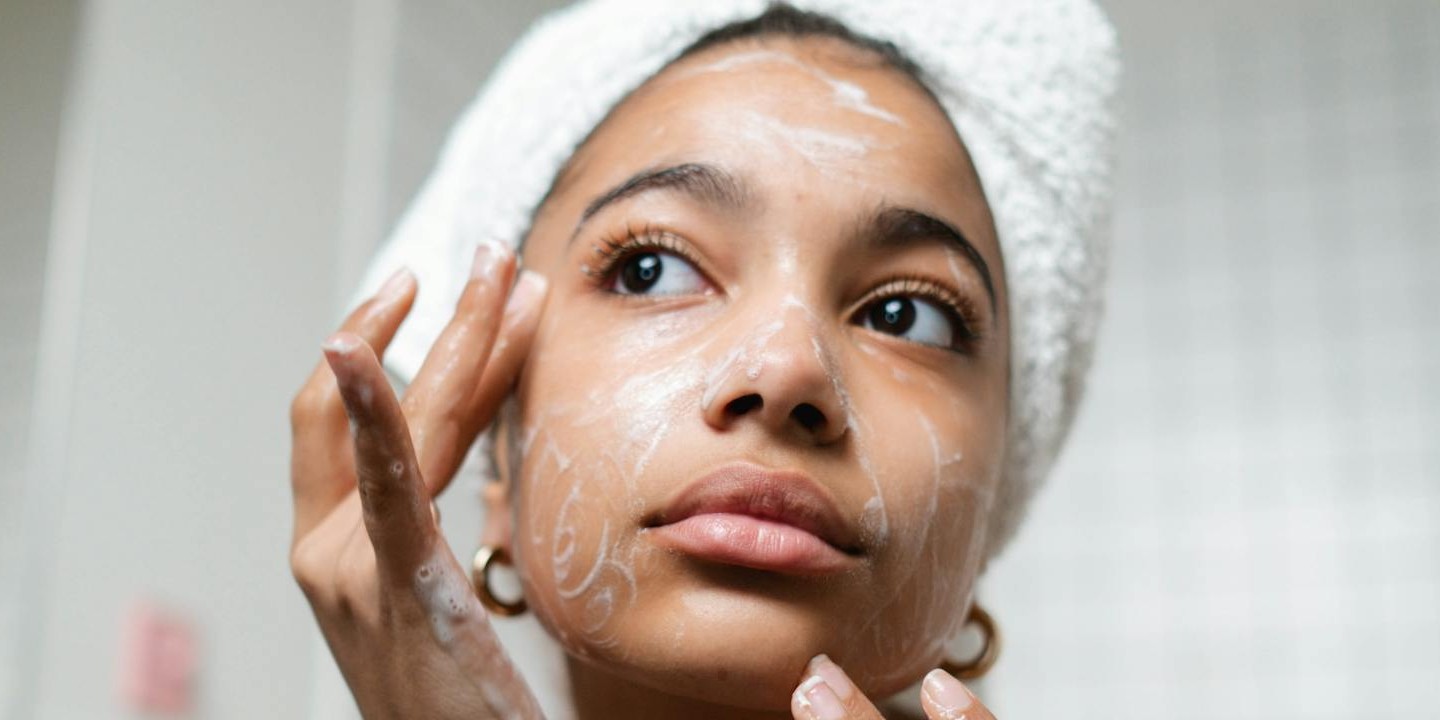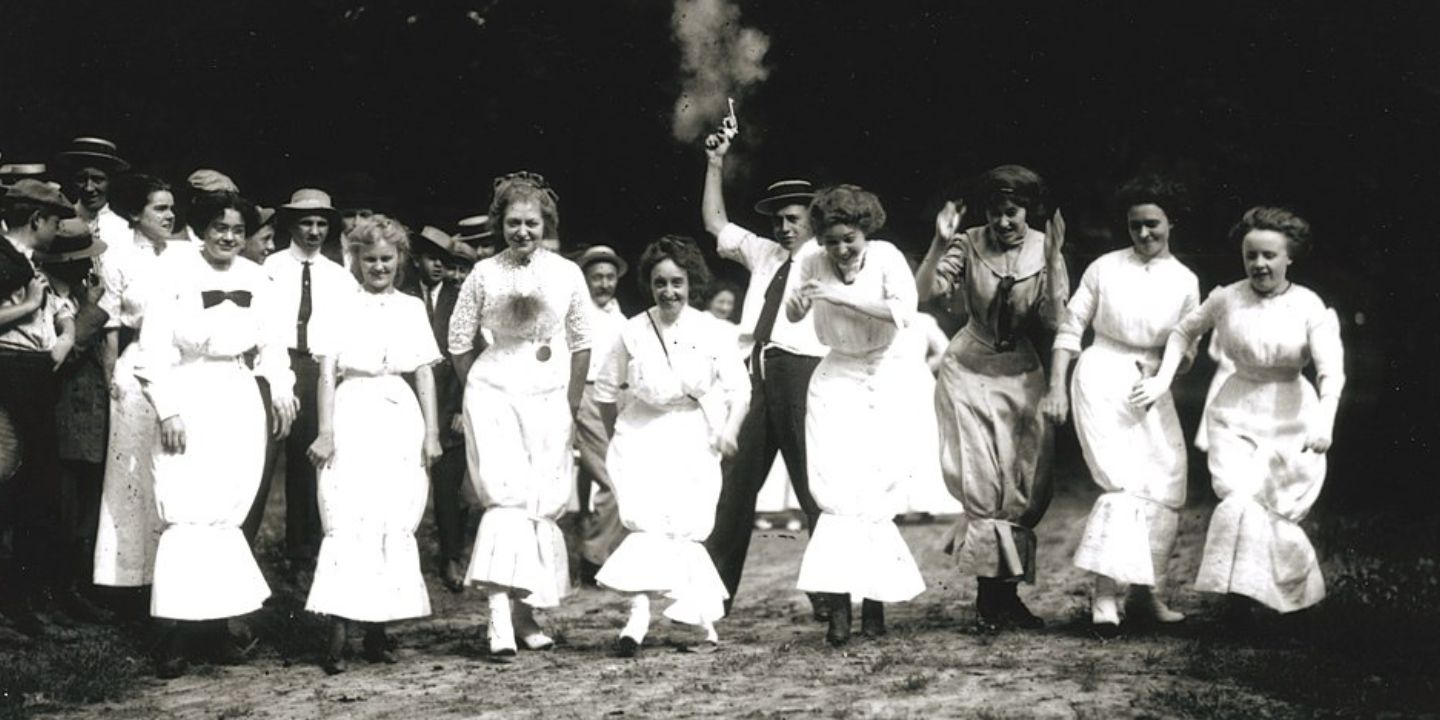Not All Piercings Are Created Equal
Some piercings sting like a wasp. Others barely leave a mark. Choosing where to get pierced can feel like flipping a coin unless you know what to expect. Anatomy plays a big part, and so does tolerance. While some spots challenge even the bold, others are beginner-friendly. So, where does each piercing stand? Let’s begin by looking at the most painful areas.
1. Cheek Piercings (Dimple Piercings)
They look cute, but it hurts. Piercing through facial muscle, fat, and salivary ducts causes sharp pain and prolonged throbbing. Swelling is severe, eating becomes difficult, and there’s a risk of duct blockage or long-term lump formation.
2. Nape Surface
Anchored at the back of the neck, nape piercings demand thick-gauge tools and deep insertion. The skin here is dense and resistant. The pain is blunt and dragging. Even placement feels invasive due to proximity to spinal nerves and muscles.
3. Industrial
The appeal of an industrial piercing lies in its bold look, but the process isn’t gentle. It connects two cartilage points with one piece of jewelry, causing more strain than single-site piercings. Since cartilage is rigid, movement during recovery can lead to migration or uneven angles.
4. Daith
Hidden deep in the ear’s innermost fold, the daith targets thick cartilage that resists the needle. That slow push contributes to a sharp, prolonged sting. Some claim migraine relief, though evidence remains anecdotal. Placement requires precision to avoid nerve clusters and ensure the jewelry sits flush without irritation.
5. Septum
Contrary to myth, it’s not pierced through the cartilage but rather the “sweet spot” just beneath. Still, this area’s tightness and location trigger involuntary tears and sneezing. A sharp insertion makes all the difference, and when done right, the pain is more about intensity than duration.
6. Helix
The initial pinch is manageable, but lingering soreness can last weeks. This cartilage’s low blood supply slows recovery, and sleeping on the pierced side usually causes pressure bumps. If it’s done with poor technique, the piercing can develop hypertrophic scarring.
 wonderferret (on flickr.com) on Wikimedia
wonderferret (on flickr.com) on Wikimedia
7. Rook
Angled deep within the anti-helix, the rook piercing is a challenge for both the piercer and the client. The tissue is curved and hard to stabilize. Pain feels sudden and concentrated. Because the entry and exit points are close, swelling quickly crowds the area.
8. Conch
The central shell of the ear may look flat and accessible, but it’s deceptively thick. Piercing the conch often leads to a quick yet memorable jolt. Jewelry choices here matter: larger studs or captive rings increase healing time and must accommodate ear swelling during the first phase.
9. Tragus
Though small in size, the tragus is dense and firm. The sound during piercing is more disturbing than the pain itself. Swelling is minimal, but placement demands expert alignment. Many people say they felt an odd vibration. It’s mostly due to proximity to the ear canal and facial nerves.
10. Pelvic Piercing
Positioned near the pelvic bone, these piercings strike a sensitive zone with limited soft tissue. The needle often meets tight, nerve-rich skin. Walking, bending, or wearing snug clothing constantly disrupts healing. Pain is sharp and persistent, and rejection is alarmingly common without expert placement and aftercare.
 dusk (on flickr.com) on Wikimedia
dusk (on flickr.com) on Wikimedia
Not every piercing needs grit and deep breaths. Some spots are surprisingly gentle and perfect for testing the waters. Here’s where the needle feels more like a nudge than a sting.
1. Earlobe
The earlobe has minimal nerve endings and soft tissue, making it the go-to choice for beginners. It heals quickly (usually within 6–8 weeks), and complications are rare when sterile tools and quality jewelry are used. Pain is brief—people often describe it as a mild pinch.
2. Nostril
Despite its location, the nostril piercing goes through thin tissue and only stings for a second. A brief tear response is common, but the sensation fades fast. Aftercare is more important than pain level because neglect can lead to bumps or minor infections that prolong healing.
 anna from california, the states on Wikimedia
anna from california, the states on Wikimedia
3. Navel
The navel area looks intense but feels tame. Piercing typically involves only the skin above the belly button. Most report a quick tug, not a sharp pain. Healing, however, takes up to 9 months since the area is often in motion and exposed to friction.
4. Eyebrow
Soft skin and surface-level placement make the eyebrow one of the easiest piercing spots. The procedure is smooth and short, with discomfort limited to brief pressure. It swells more than it hurts, and placement is important to avoid hitting superficial nerves.
5. Lip
Upper or lower, the lip’s pain level is mild. The skin is thin, and most people say that it’s like a flash of warmth. Slight swelling and bruising are common in the first few days, but lip tissue typically heals cleanly when you maintain oral hygiene.
6. Tongue
Looks can deceive because tongue piercings feel far less dramatic than they appear. The muscle absorbs the needle well, and most clients report a strange pressure rather than pain. Real challenges come post-piercing: speech changes and dietary restrictions. Healing is usually completed in 4–6 weeks.
7. Bridge
Located between the eyes, this piercing is done through shallow skin. It’s often chosen for style and feels like a dull push. Rejection rates are higher with bridge piercings, so pain isn’t the concern; long-term viability is. Proper jewelry fit reduces that risk significantly.
 Paul Stevenson from Leeds, UK on Wikimedia
Paul Stevenson from Leeds, UK on Wikimedia
8. Smiley
Pierced through the thin flap of skin inside the upper lip, the smiley is as quick as it comes. A tickling sensation is more common than pain. It’s not for everyone, as gum sensitivity and enamel contact must be considered. Still, it’s low pain and high reward.
9. Monroe
Inspired by Marilyn Monroe’s beauty mark, this upper-lip piercing feels similar to an earlobe: short, sharp, and over in a blink. The healing process is typically slow, but swelling subsides within days. Stud size matters here—anything too large can irritate gums or rub against teeth.
 Paige Rudolph from Orlando, FL, USA on Wikimedia
Paige Rudolph from Orlando, FL, USA on Wikimedia
10. Wrist Surface (Dorsal Wrist)
Wrist skin isn’t too thick or overly sensitive, so pain is more of a pinch and pull than a sting. However, due to movement, rejection is very common. People tend to describe the process as uncomfortable but not unbearable.























